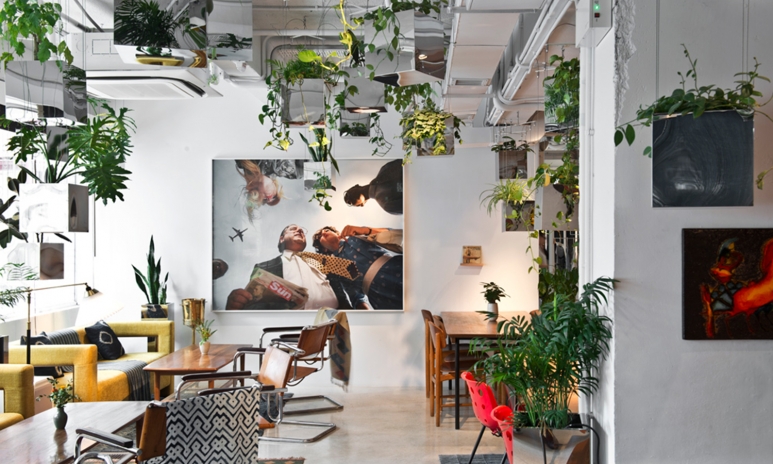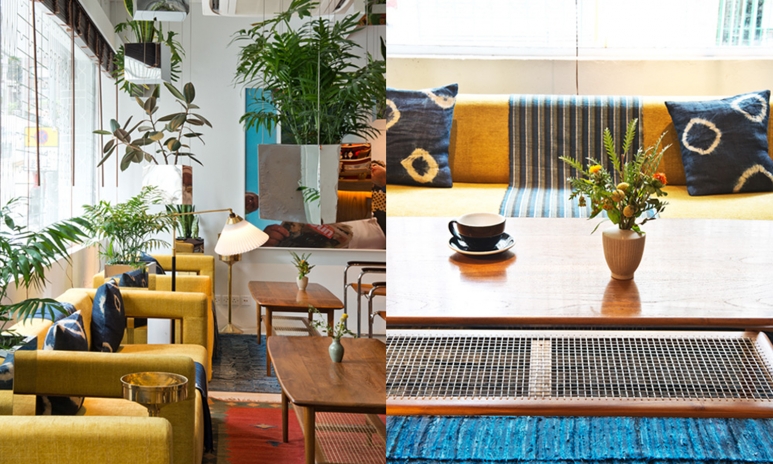Japanese architect Sou Fujimoto’s signature style combines with modern Indonesian flair

Photographed by Edgar Tapan
Best known for designing the 2013 Serpentine Gallery Pavilion – an annual programme by the London contemporary art gallery featuring past architects such as luminaries Frank Gehry and Oscar Niemeyer – and recently collaborating with COS on a Forest of Light installation during Milan Design Week, Sou Fujimoto is one of today’s most revered architects.
The newly opened Potato Head Hong Kong is the Japanese architect’s first project in the city, a collaborative endeavour with PTT Family’s in-house design team who together explored bridging indoors and outdoors as well as creating distinct yet complementary interiors for the various spaces including a coffee shop, boutique, bar, restaurant and a music room housed in the 8,000 sqft space.
We look deeper at the design and shortlist the Instagram-worthy details (though we warn that there’s a risk of you flooding your feed).
Window Dressing

Photographed by Edgar Tapan
Taking inspiration from Hong Kong’s steel window frames, Fujimoto devised a pattern that he used to adorn the glass panels and the rest of the façade. From afar, Potato Head looks like a gleaming white structure, but upon closer inspection, intricate patterns begin to emerge. The result is a captivating display that instantly piques the curiosity of passersby (and sure to be the backdrop to several OOTDs).
Linear Thinking

Photographed by Edgar Tapan
Fujimoto’s signature metal frames and boxes greet you upon entry, carefully delineating spaces while extending a welcoming stance. Again rendered in white, these frames also serve as a retail display for the artisanal Indonesian accessories by Canaan and a counter for I Love You So Coffee, located right by the entrance.
The Living Room

Photographed by Edgar Tapan
Visiting the bar area is like going to a lanai in Indonesia. Decorated with a distinctive mix of mid-century modern pieces, antique furniture and ethnic tapestries, this space imbibes a homey, tropical vibe. Don’t forget to look up – the hanging greenery is a clever take on the idea of vertical gardens.
Wall to Wall

Photographed by Edgar Tapan
For a restaurant serving modern Indonesian food, Kaum’s interiors pay homage to something very traditional – the country’s woodworking heritage. The walls are clad with over 700 hand-painted panels from Toraja, showcasing exquisite craftsmanship; note that the black hue is paint while the yellow and red colours come from local stones.
Photographed by Edgar Tapan; Production by Michaela Giles
This article was originally published on homejournal.hk
